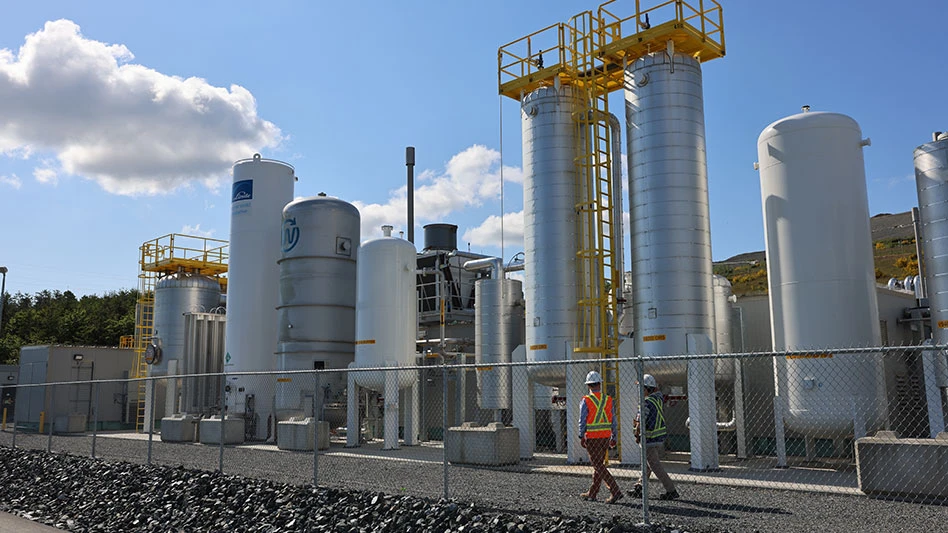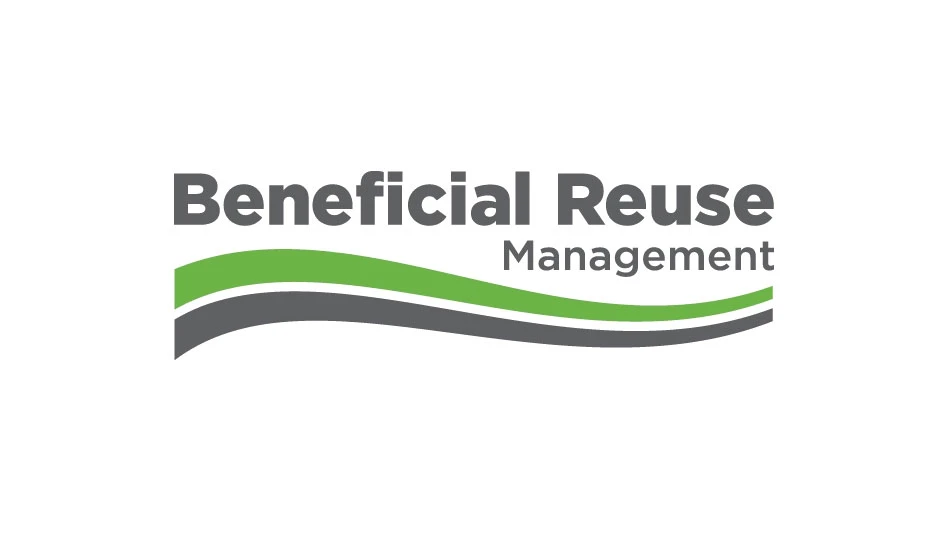
Leola, Pennsylvania-based New Energy Blue LLC has announced that an independent assessor recently verified that each of the companies biomass refineries can be expected to keep two million tons of carbon dioxide pollution out of the atmosphere every year.
According to Thomas Corle, CEO of New Energy Blue, the refineries will turn grain-harvest leftovers, such as wheat straw and corn stalks, into a carbon-neutral auto fuel selling at a premium in California and other states with tough clean air and low carbon standards.
Half of the CO2 saved comes from replacing gasoline, the other half is sequestered by modern farming practices.
"To put our carbon figures into perspective," says Corle, "Tesla, a trillion-dollar company, has sold about a million battery-operated vehicles to date. But our market is the other 270,000,000 cars on American highways, starting with the 14,500,000 now in California.”
He adds, “Because we're planning five refineries in five years, the CO2 impact is equivalent to taking nearly two million cars off the road—every year. Yet the debt and equity deployed will be just $2 billion—a tiny sliver compared to investment in Tesla."
The company's first five Midwestern sites are surrounded by abundant harvest residues to feed the refineries. Farmers' corn stalks and grain straws will be converted into nearly 180 million gallons of 2G ethanol annually; operating energy and process water come from the biomass itself. All sites have rail access to North America's low-carbon fuel markets.
New Energy Blue was forged by a decade of work and $250 million, invested by Orsted, now a Danish world leader in wind energy, to prove Inbicon biomass conversion technology at commercial scale. "Our team transformed Inbicon technology into a profitable, sustainable business model ready to build-out today," says Corle.
Fleitas, New Energy Blue’s president, adds, "Investor interest has heated up following the disastrous California fires and the surge in tropical storms hitting the Gulf and Midwestern states."
Immediate demand for carbon-neutral fuel already outstrips the supply New Energy Blue can develop itself; bundled licensing is being discussed with several other energy developers.
"U.S. and Canadian farmers have enough corn stalks and grains straws left over every year to supply 600 of our refineries," says Corle. "Those 600 can replace 24 billion gallons of gasoline and over 1.2 billion tons of CO2 annually. Compare that to the total emitted by America's coal-fired power stations, which the EIA pegged at 1.24 billion in 2018."
Besides saving carbons, the refineries will also create new green jobs, give growers additional income from each year's food harvest, and push $200 million through local economies every year.
Latest from Waste Today
- Montana city approves compost facility improvements
- Willows offer a nature-based solution to reducing leachate volumes
- REI outdoors retailer hits zero waste target
- Minnesota awards $1M in waste reduction grants
- Nashville, Tennessee, inches closer to establishing standalone solid waste department
- Los Angeles Sanitation and Environment wins brownfields grant
- Bain & Co. sees distant chemical recycling timeline
- Terex Ecotec launches new windrow turners






